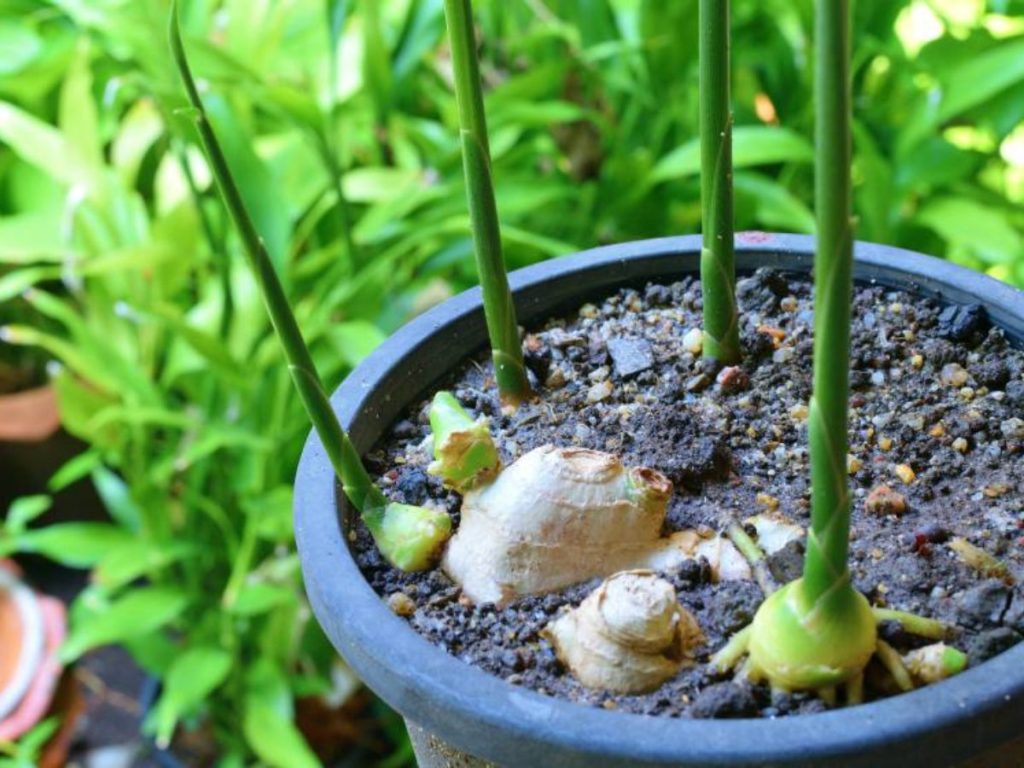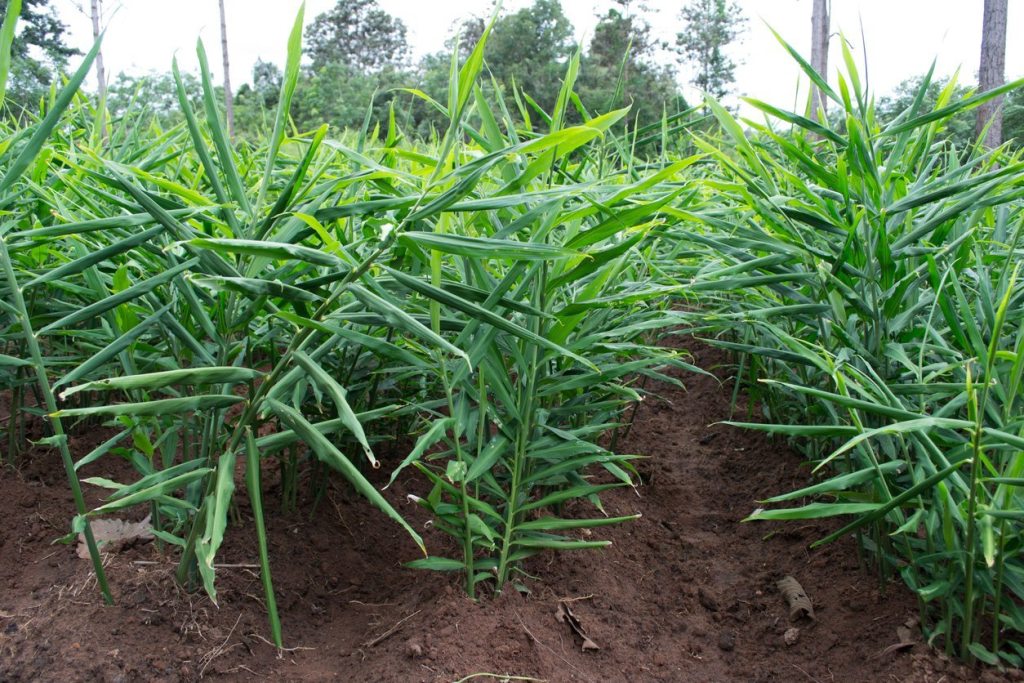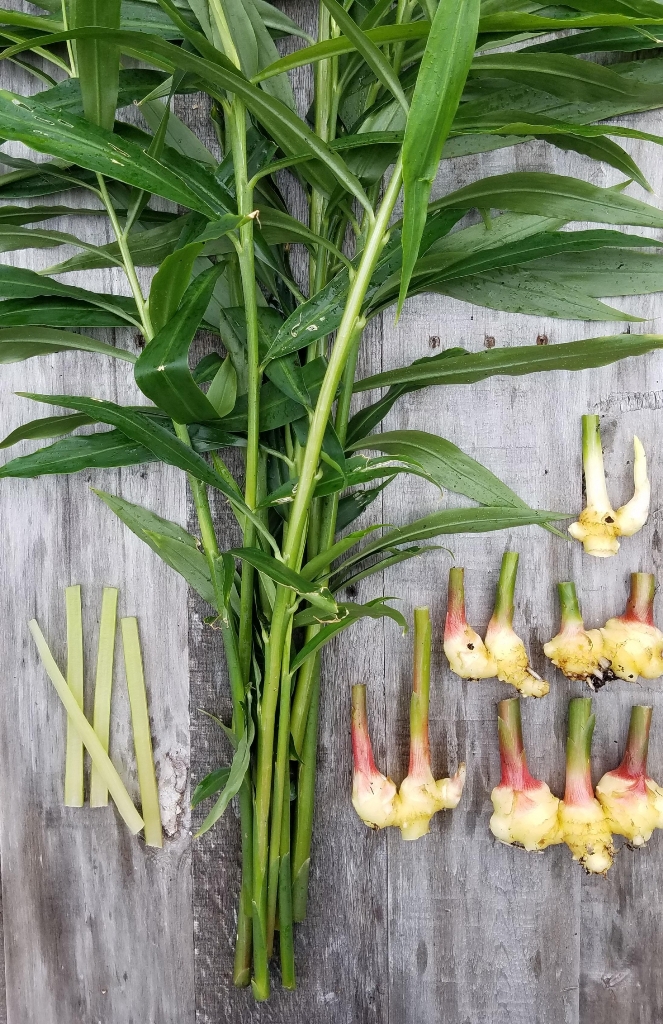How to Grow and Care for Ginger Plant

Ginger is a beautiful plant that is available in various varieties ranging from edible ginger to ornamental ginger. It is widely grown to be used as a spice in various cuisines. It is highly preferred as an Asian flavor in a lot of dishes. All ginger plants are tropical. It prefers to be grown outdoors in USDA zone 8 or above that. However, if it is to be grown in cooler regions, it should be planted indoors. Ginger belongs to the family of Zingiberaceae. Scientifically, ginger is called Zingiber Officinale. Growing ginger can be very rewarding. This plant does not require high maintenance once it has been planted.
What is the Preferred Season for Planting?

Since ginger is a tropical plant, it does not do well in frosts. Ginger can take a long time to reach its maturity period, i.e., about 8-9 months to reach the harvesting stage. Ginger should be planted in summer-spring. It should be ready to harvest in winters when the leaves of the plant start to dry. However, if the location where the ginger is to be planted stays warm through the year, it can be planted according to one’s will. To plant, it should be certain that all rhizomes are up to an inch or two long with a bud, allowing them to dry for a day or two before planting can eliminate the problem of root rot.
Feeding Requirements and Preference of Soil
Ginger loves to be grown in well-drained soils. The soil should be of good quality and loamy potted. Try to replicate the soil conditions as its native place. Rich and well-drained soil can help ginger reach its healthiest growth. Such soils can lower the possibility of root rots. In a pot, soil space of about 3 inches is necessary. Ginger can rot due to overwatering. Hence, the soil should be allowed to dry before watering. Fertilizing ginger is not required very often. Ginger should be fed while it is maturing with a tropical fertilizer of 10-10-10. However, make sure that the mix is not very strong. Ginger need not be fed more than once a month.
Light and Watering Requirements
While all varieties of ginger have the same requirements for soil, the requirements for light differ. Some thrive well in the shade, some do well in full and some in partial sun. Wild ginger, which is native of North America, prefers to be grown under full shade. While the tropical ginger, which thrives in zones 9-11, prefers to be grown under direct sunlight. However, what makes ginger low-maintenance is its ability to survive well, even in light shade. While watering makes sure that the soil stays moist, however, make sure it is not overly wet—only water when the soil feels dry. During winters, watering the plant is not constantly required.
Problems Related to Ginger Plant

If conditions are suitable, growing ginger can be relatively easy. Ginger does attract problems relating to pests. However, most of the time, it can be taken care of. Edible, as well as ornamental varieties, can be prone to pest attacks. The damages to ginger plant can be due to Aphids, ants, Chinese rose beetle, mealybugs, soft scales, Red spider mites, cardamom thrips, armyworms, Fijian ginger weevil, yellow woolly bear caterpillar, fungus gnats, cutworms, and others. The easiest way to get rid of pests is to use insecticides by making sure that insects of benefit are not killed as well.
Advantages of Ginger
Ginger is considered to be one of the most healthy spices. It has various nutrients and bioactive components that help your body in innumerous ways. It has various medicinal properties. It helps to treat nausea. It is highly recommended to use ginger after surgeries to avoid feeling sick and vomiting. It also helps in treating pregnancy-related nausea. In case of muscle pain due to exercise, ginger comes to rescue with its anti-inflammatory properties. It also takes care of the risks related to the heart. One of the reasons why ginger is highly beneficial is because it helps to prevent cancer. Not only this, but it can also prevent infections and improve better functioning of an Alzheimer patient.
Ginger is grown widely and is very easy to grow. It is an underground stem that comes from a plant called Zingiber Officinale. However, most of the time, ginger is confused with being a root, which it is not.
Yes, the peel of the ginger is perfectly edible and is very safe. It has a gingery flavor, too; however, the flavor is mild. The skin, too, has nutritional values. However, the skin is textured. It is harder and thicker than the flesh. This is the reason why it is not preferred to eat.
Ginger is considered to have various beneficial properties. It is not only great for internal healing but also external. It contains anti-aging benefits majorly. It has about 40 antioxidant values that prevent early aging and slow it down. Skin tone is also benefited by ginger.





